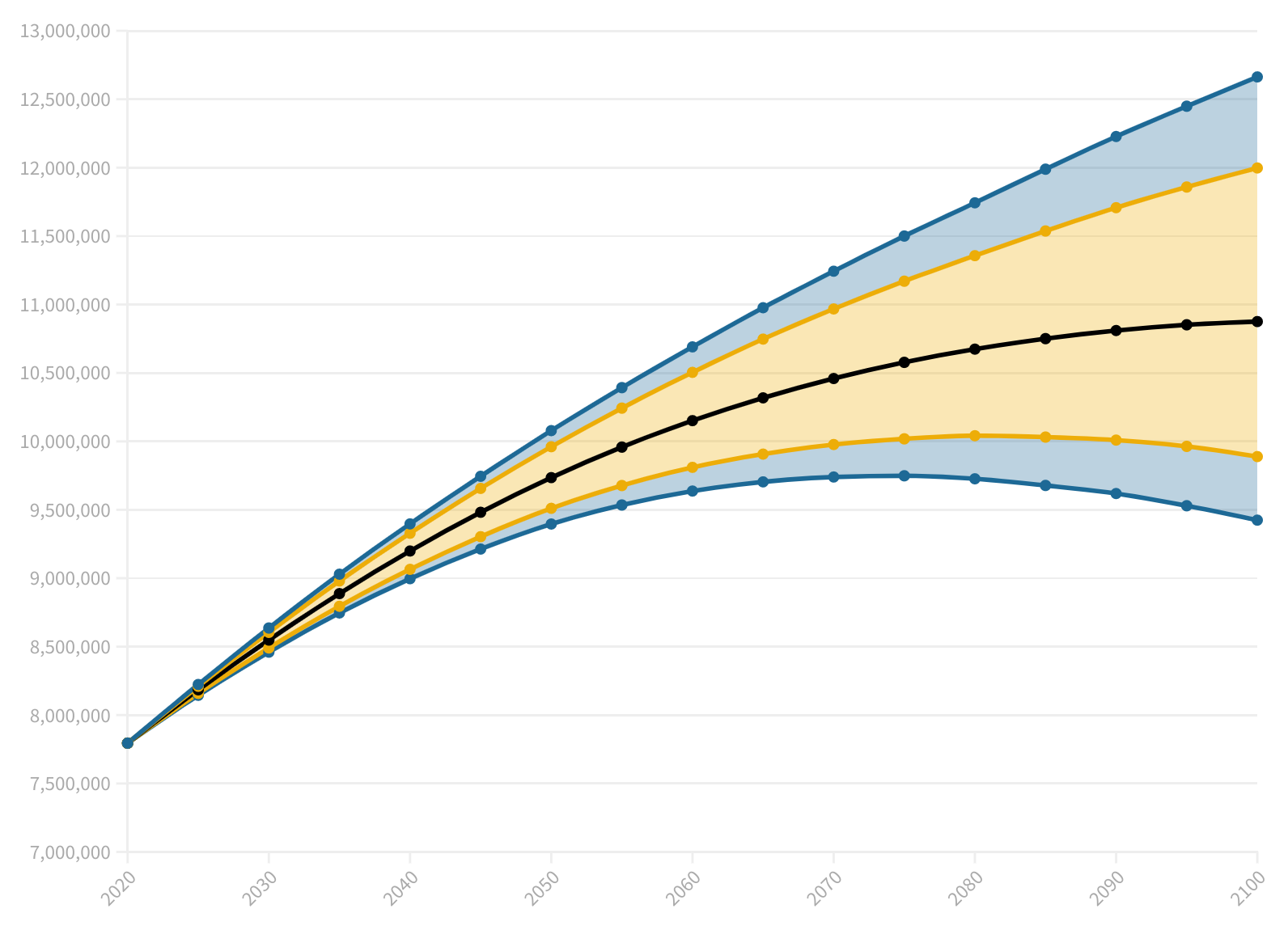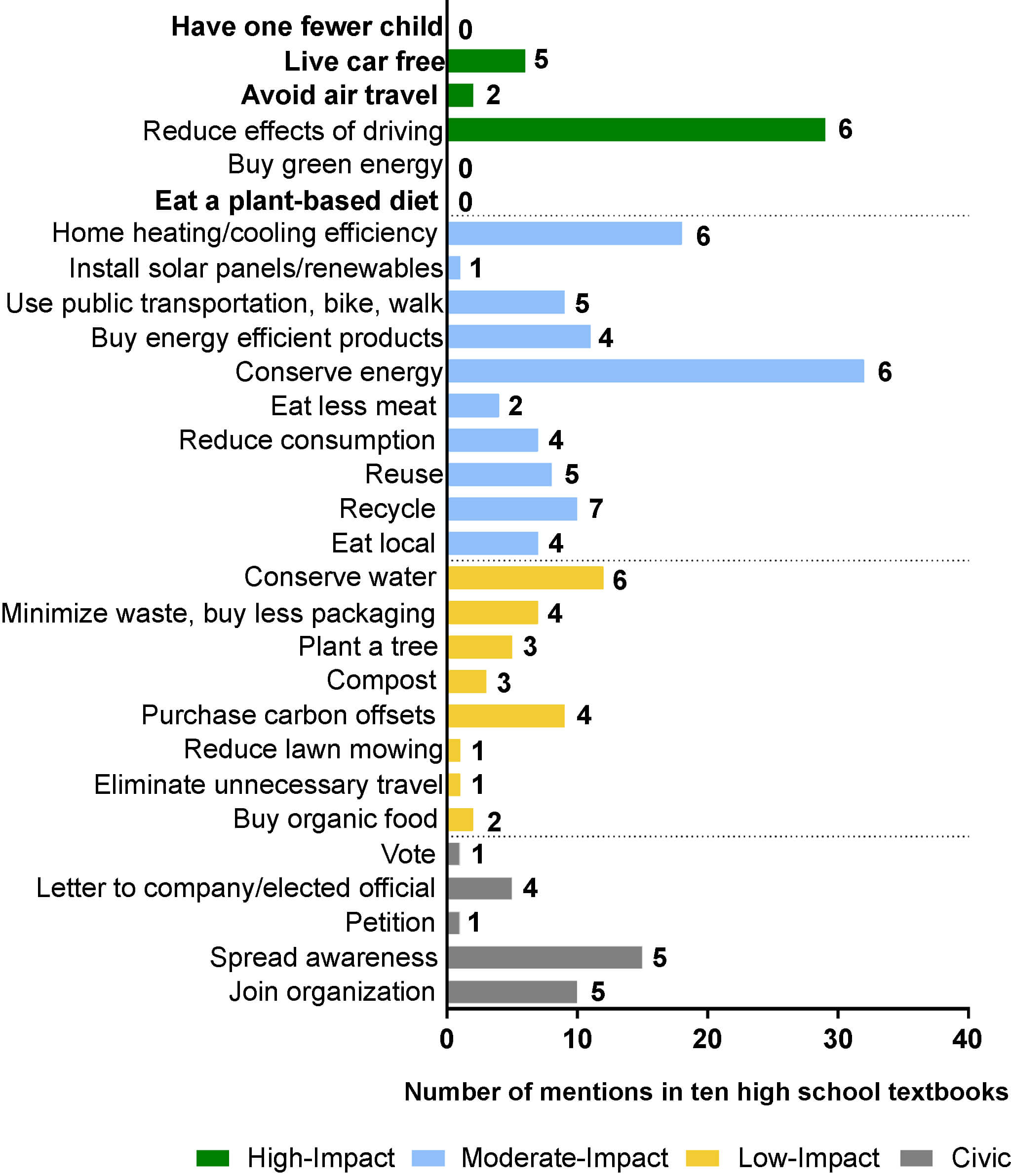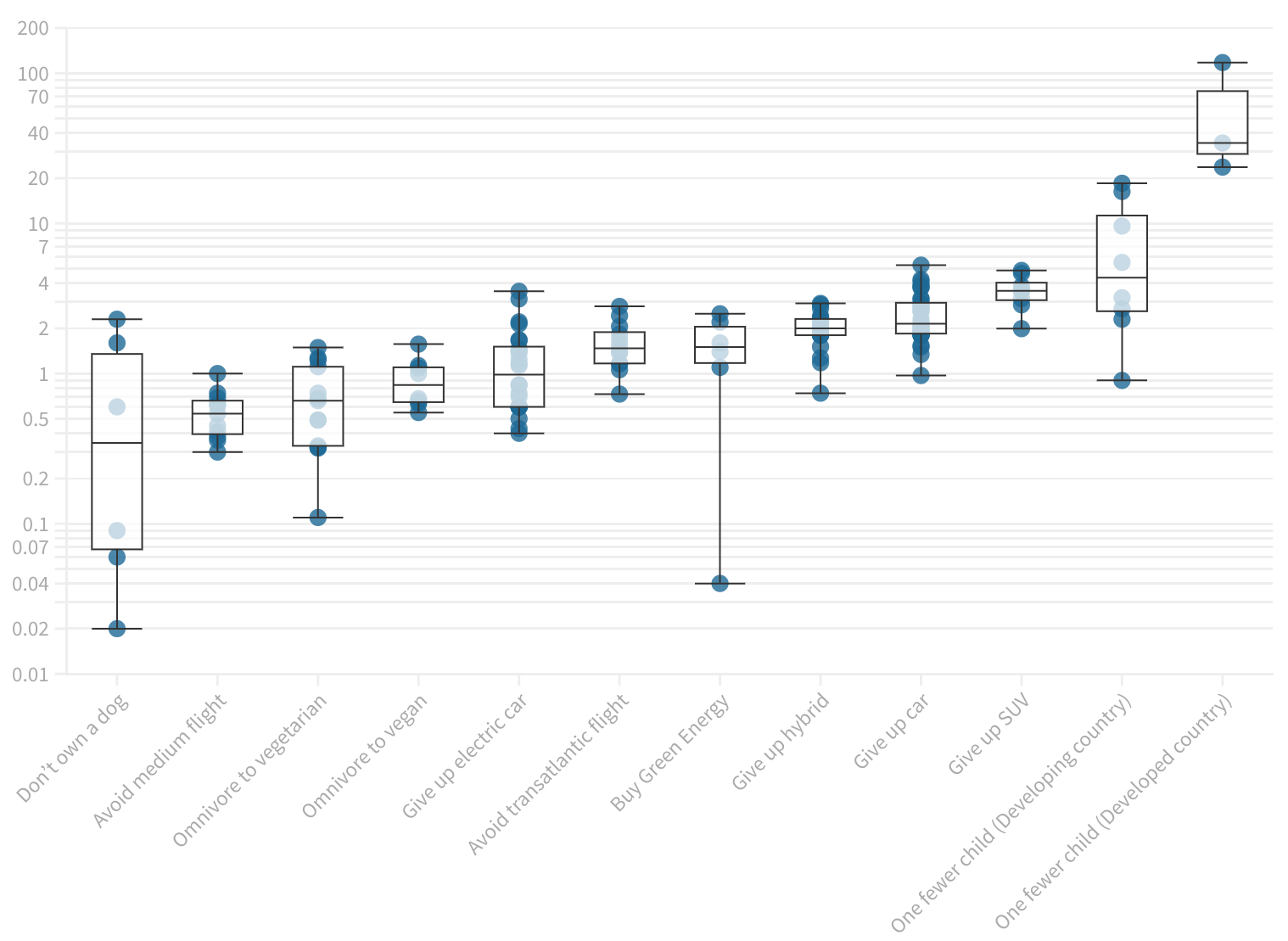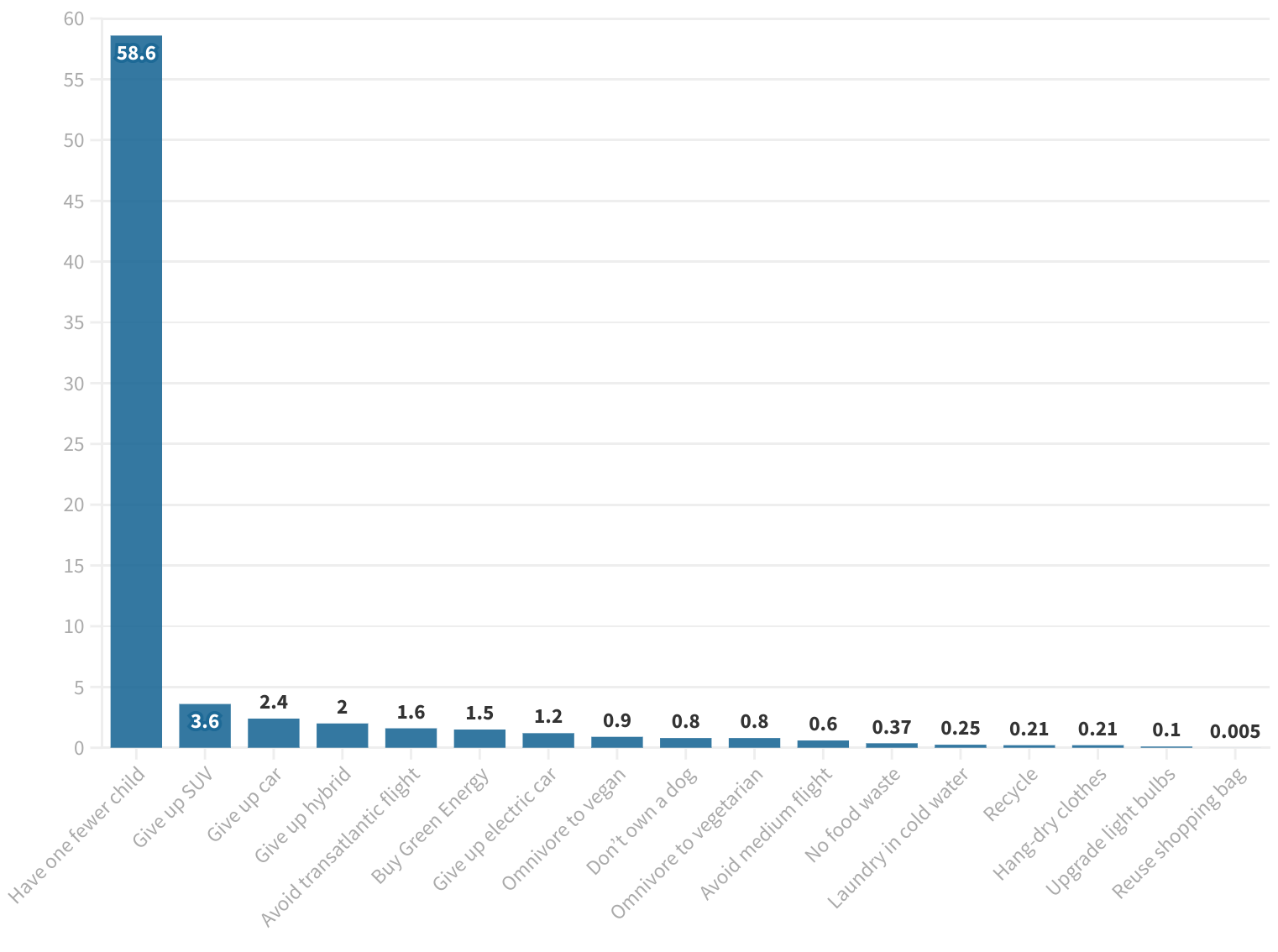Sustainable population
Vegan Society of Canada News
December 16th 2021
When we discuss our vision, we usually encourage everyone to end animal exploitation in their own life. However, it is part of a bigger equation that, overly simplified, looks like this:
Total population X Average exploitation of each human animal = Total animal exploitation due to human animals
It’s easy to see that if the second factor is 0 then we have ended animal exploitation. However, there is another crucial number that can, in some ways, help end animal exploitation and that is the first factor: the number of human animals on earth.
Unlike the second factor, the total number of human animals cannot on its own end animal exploitation, unless of course it goes to 0. However, since there are some who advocate for this, let’s take some time to explore this a little further. We believe that human animals can change and overcome their selfishness and self-centeredness. We do not share the view that voluntary human extinction is the only way to end animal exploitation. It seems highly unlikely that someone who’s unable to overcome selfishness to end animal exploitation in their day-to-day life would conclude that human extinction is a sensible choice to end animal exploitation.
Once we change and decide to end animal exploitation in our own lives, we also gain the conviction that it is possible for others to change as well, further removing the need for human extinction as a solution.
It doesn’t take much explanation to realize that, everything else being equal, we cannot grow our population to infinity—the planet can’t sustain that. The total population cannot go to infinity nor can it go higher than the earth’s carrying capacity on a long-term basis, since this creates existential issues like we are facing with climate change. However, we need to be a little clearer since some argue that there is no earth carrying capacity, we are only bound by our current technological systems. Strangely, this argument is in some way correct but also self-defeating, because it does not deny that there is a formula that defines the earth’s capacity and population as a variable; it simply makes the correct observation that our technological systems are also a variable.
If our technology and the social systems that sustain us also grow infinitely, then the population can grow sustainably infinitely in step. This is why some will present our current crisis exclusively in terms of our various social and technological systems. Nevertheless, since we have already grown way faster than our systems can support, it would be foolish to believe in a pie in the sky dream that technology will magically bring us back to a sustainable level before it is too late.
Furthermore, the number of human animals the earth can carry varies depending on many other factors, including who it has to carry. With our current social and technological systems, if everyone lived like Canadians or Americans it could sustain about 2 billion people. We have seen numbers vary between research depending on various factors, but most of them define a sustainable population, given our current social and technological systems, to be between 2 and 4 billion people.

In about half the projections we have an infinitely growing population, and in the other half we peak around 2070 to 2080 and end up at best about 20% higher than we are today. No projection to the year 2100 goes below our current population level. If nothing changes, we will simply consume more than we were before and make a bad situation much worse.
How can we get this equation stable on a long-term basis? There are various ways but the major groups of solutions include having a smaller population, consuming less, or technological advancement to in part make the overall impact of consumption less.
However, it seems we hear very little about a smaller population. Research conducted on Canadian high school textbooks shows that it is never talked about.

The global picture is not much different. We could not find any sign that this is being discussed broadly internationally. Why is it that some of the more impactful measures are never discussed? As outlined in this article, changing what we eat is never discussed. Regarding having fewer children, it is certainly not because the impact is low. Depending on the country, for example, the United States and most likely Canada, the impact can be as high as 117.7 tCO2e per year, which is the equivalent of removing 28 to 42 cars from the road.


We even had to use a logarithmic scale in the first graph because the range of values per extra child is so large, depending on the country, that it would not fit properly. The dirt under our feet has no inherent power to change our carbon footprint, but it is various other factors, like culture, that play a vital role. This is why we see the range go from 0.9 tCO2e in Bangladesh to 117.7 tCO2e in the United States. As we have seen in a previous article, Canadians require slightly more earth than Americans, so it is safe to assume that the 117.7 tCO2e would be representative of Canadian children as well.
There are a few other interesting things on this graph. One of them is the emission saving from an omnivore diet to one void of animal products. The mean number seems a little on the low side as we have seen more numbers around the 1.5 tCO2e mark. Nevertheless, it doesn’t change the fact that purely from an emission point of view, at best a diet void of animal products saves the equivalent of 1 transatlantic flight or 2 medium flights per year. In 2019, flights carried over 1 billion passengers in North America alone. Visiting our neighbour instead would have a bigger impact than many people think.
Another interesting thing on this graph is the impact of owning a dog who does not eat food suitable for vegans; this varies wildly even for developing countries, which is a good indication that more research is needed to narrow this even further, but it seems reasonable that in some countries it may be higher than having a child in Bangladesh.
Some researchers object to the emissions number for children for two main reasons. The first one is that it does not take into account future technological improvements. The reasoning goes that a child born in 2021 will have a larger impact than a child born in 2121 due to technology that will make our consumption impact lower, all other variables being equal, and we agree.
It is likely that technological improvements will continue, and it should somewhat reduce the impact of our footprint, everything else being equal. However, it’s never a good idea to count on future technological improvements since we have no way of knowing their impact, nor is there a guarantee that they will materialize.
The second reason some object is that future climate policy will be stricter and result in future generations that have a lower carbon footprint. However, we believe this is flawed logic. At this point, we are heading for a warming of up to 3.9C by 2100; while it is slightly less than the “business as usual scenario”, not by much. As we have seen, there are various climate tipping points that we know very little about but which could have significant impacts.
Perhaps the most illogical part of this argument is that up to now we have done nothing to lower our emissions. Overall those who object based on those two reasons present numbers that differ by an order of magnitude from those we have presented here. However, we believe their reasoning, at best, is overly optimistic and, at worst, completely flawed.
Furthermore, we are only discussing emissions, but the earth's carrying capacity is dependent on many other factors; it should be clear to everyone that unless we believe our social and technological systems can also grow infinitely, and always at an overall faster pace than our population, the earth cannot sustain an infinite number of human animals. While the impact of future children will most likely be lower than the numbers we are seeing in the graph we presented, it is unwise to take this into consideration; if we could even calculate that number, it would be less than an order of magnitude smaller.
There seems to be no research on why exactly things with a larger impact—like having fewer children—are never mentioned, but we can speculate that it is not unrelated as to why there were also no textbooks that discussed changing our diet: money.
In a world where GDP growth must go on forever, infinite population growth is an important part of keeping this scheme going. We have yet to realize that real GDP growth is unlikely to go on indefinitely, and advocating for a sustainable population would have very significant repercussions, the scope of which would be too lengthy to discuss here.
We posit that getting global support on every level for everyone to go vegan would be a walk in the park compared to getting global support to achieve and maintain a sustainable population.
If getting coherent and homogenous COVID-19 policies globally seems difficult, getting sustainable population policies would prove much more elusive. However, there are various ways highlighted in research that may prove helpful, for example, educating women. Many studies show a relationship between a significantly lower fertility rate the more education women have. Therefore, it would seem like a wise investment to provide free education to all women, but we have to be careful that we do not spread the North American way of life in the process because that may end up being much worse. As the graph shows, every extra child in India is expected to consume 2.7 tCO2e per year compared to 117.7 in North America.
Achieving net-zero emissions by 2050 will be challenging, but the survival of all life on earth is at risk so the stakes could not be higher. As we have seen, a sustainable population would cause many economical problems and would offer little help to achieve short-term targets by 2030. However, if various policies are enacted, it could be a significant help in achieving our 2050 and 2100 targets.
We must deeply reflect on the role that a sustainable population can play in achieving our vision to end animal exploitation.




